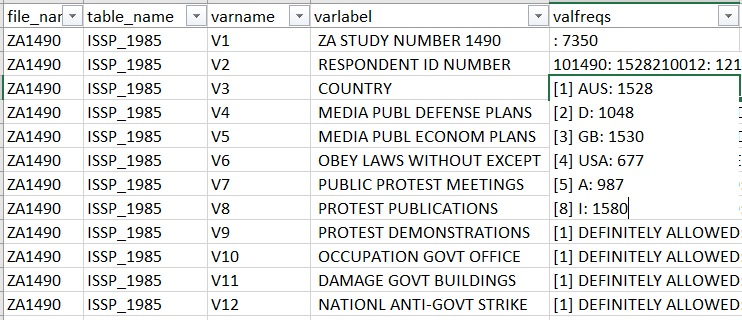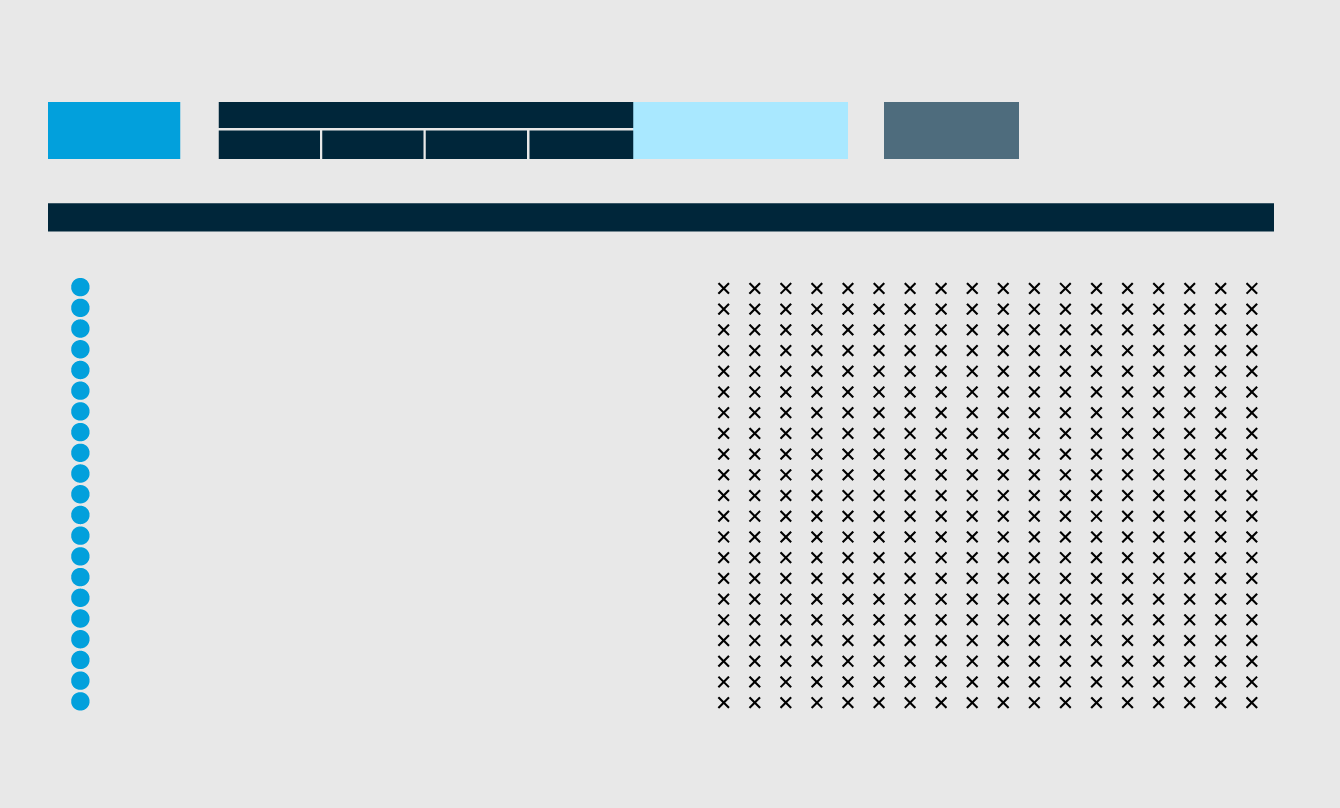


Sources of income in INCWAGE include wages, salaries, commissions, cash bonuses, tips, and other money income received from an employer. The censuses collected information on income received from these sources during the previous calendar year for the ACS and the PRCS, the reference period was the past 12 months.

In the 19 Puerto Rico samples, the OCC and OCC1950 variables are derived from different underlying variables and should be treated as independent from one another.INCWAGE reports each respondent's total pre-tax wage and salary income - that is, money received as an employee - for the previous year. In 1850-18, some enumerators collected information for non-universe persons that is preserved in those samples and hence in the IPUMS version of OCC. Users should also take particular note of the changing universe of persons subject to the occupation question (e.g., the rising minimum ages). The specific wording of the instructions in a given year may affect how particular groups (e.g., women, children, retirees) were enumerated (see below). It will not include military personnel who reported a more specific line of work that did not include mention of the military.Įnumerator instructions for occupation were often quite long and complicated. In the IPUMS, the EMPSTAT variable identifies members of the military in 1940 if they had either an occupation or an industry indicating attachment to the armed forces.īefore 1940, the "armed forces" occupation is also likely to undercount members of the military. Additional members of the armed forces in 1940 can be identified using industry ( IND), but they are probably mixed with some unknown number of people who worked for the military but were not actually members of the armed forces. Military personnel were not identified separately in the "employment status" variable in the 1940 PUMS, so they could not be recoded on that basis, as was done for 1960 on. The 1940 "armed forces" occupation excludes commissioned officers, craftsmen, professionals, and clerical workers - they were to report their more specific line of work. This detail is not given in OCC1950 but is retained in the unrecoded OCC variable. Beginning in 1990, persons in the military were to report their specific line of work (e.g., cook, clerk). In 1960-1980, these persons were recoded out of the "not applicable" category, because the census form did not collect occupational data for persons currently in the armed forces. To make the "armed forces" occupation (code 595 in OCC1950) as comparable as possible, the IPUMS uses EMPSTAT to recode military personnel to this category for 1960 on. Researchers focusing on these samples should consider using OCC1990. Comparisons across the post-1980 period and with earlier years will be more distorted than similar comparisons across other decades. The Census Bureau significantly reorganized the occupational classification scheme in 1980 and again in 2000. User Caution: The translation of occupation codes into the 1950 classification is particularly problematic for 1980 onward. Cases affected by these imputation procedures are identified by an appropriate data quality flag.Ī parallel variable called OCC1990, available for the samples from 1950 onward, codes occupations into a simplified version of the 1990 occupational coding scheme. In 1860-1900, any woman with an occupational response of "housekeeper" enters the non-occupational category "keeping house" if she is related to the head of household. In 1850-1880, any laborer with no specified industry in a household with a farmer is recoded into farm labor. Bureau of the Census, Alphabetic Index of Occupations and Industries: 1950 (Washington D.C., 1950). The composition of the 1950 occupation categories is described in detail in U.S. The design of OCC1950 is described at length in " Integrated Occupation and Industry Codes and Occupational Standing Variables in the IPUMS.". Codes above 970 are non-occupational responses retained in the historical census samples or blank/unknown. For other samples, the information in the variable OCC was recoded into the 1950 classification. For pre-1940 samples created at Minnesota, the alphabetic responses supplied by enumerators were directly coded into the 1950 classification. OCC1950 applies the 1950 Census Bureau occupational classification system to occupational data, to enhance comparability across years. Universe Note: "New Workers" are persons seeking employment for the first time, who had not yet secured their first job.


 0 kommentar(er)
0 kommentar(er)
